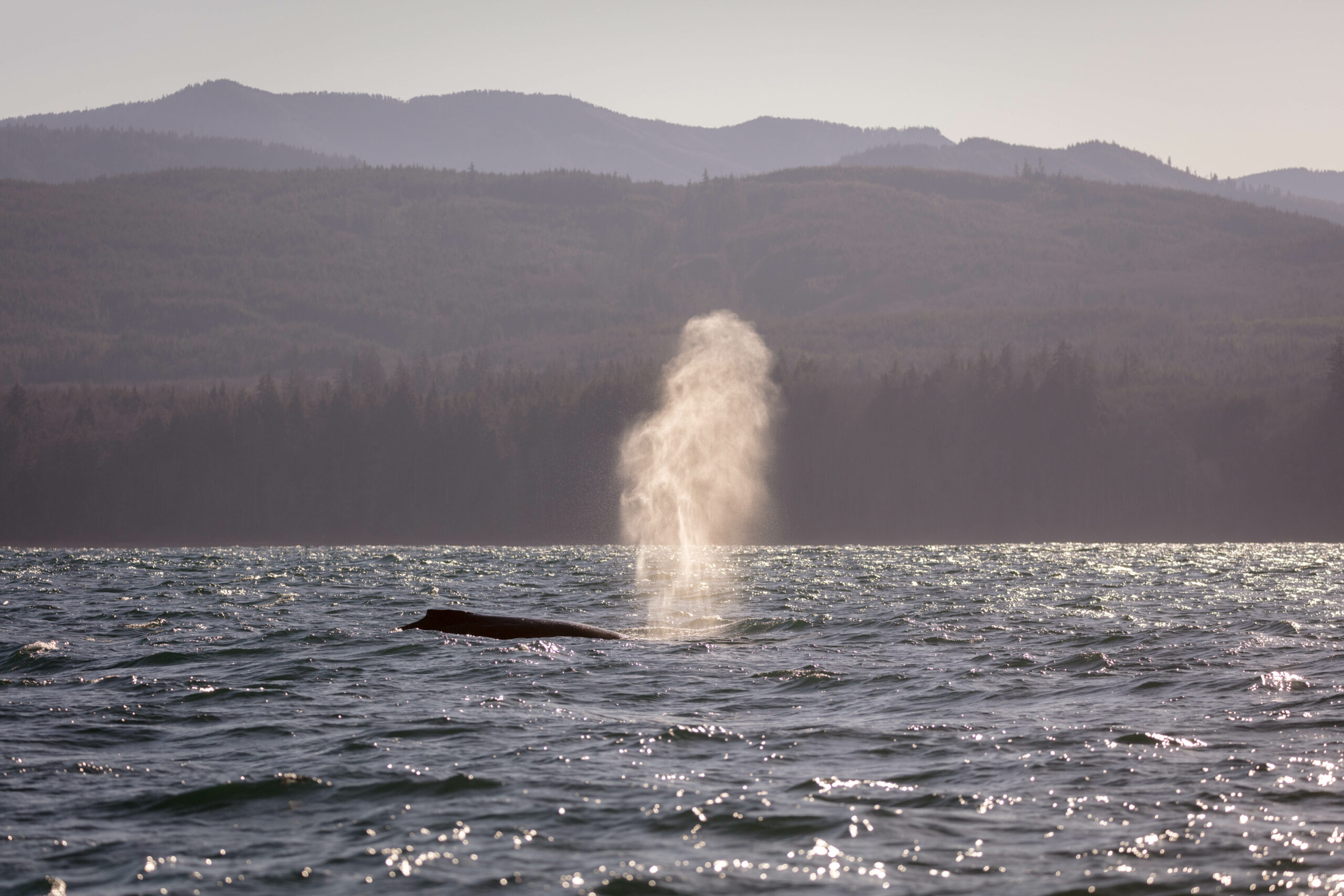Whales are air breathing mammals just like us. They must surface to breathe. So how do they sleep and not drown or pass out through a lack of oxygen?
Conscious Breathing
Whales are known as ‘conscious breathers’, this means they have the ability to remain alert and ensure their blowhole is at the surface of the water in order to take a breath. This voluntary system means they must keep at least part of their brain awake to trigger each breath. This is very different to humans, who have involuntary respiratory systems. Our involuntary respiratory system allows us to breathe even while our conscious mind is asleep. If an Orca were to fall asleep in the same way we do, they would be at risk of drowning.
Sleep with one eye open!
Some whales and dolphins adapt the way they sleep by allowing only one hemisphere of their brain to sleep at a time, while the residual half of its brain along with the opposite eye, remains alert. The awake half reminds the whale to breathe when it reaches the surface, as it continues to swim, generally side by side with other pod members.
This attentiveness of half of the brain also allows them to keep track of other pod members, as well as watch for predators and obstacles. After a maximum of two hours, the whale reverses this process, resting the active side of its brain and waking up the sleeping half. This process is sometimes referred to as ‘cat-napping’.
Other larger Cetaceans, such as Sperm Whales are able to hold their breath long enough to remain stationary underwater while sleeping. These animals are equipped with a much larger lung system than Orca, which allows them to exchange more air with each breath, and have a higher tolerance for carbon dioxide.
So whales can sleep literally with one eye open. (plus one brain hemisphere ‘awake’) to remember to breathe. Or if able to, they can hold there breaths for such long times that they can sleep between breaths.
Big Brains
Orca have a particularly fascinating brain structure. To start, Orca have the second largest brain to body-size ratio in the animal kingdom. Much larger than a human brain, an Orca’s brain can weigh as much as 15 pounds (6.8kgs) and is the size of a basketball.
In the brain of an Orca, the limbic system (the part of the brain that processes emotion in mammals) is much more elaborate and developed than in the human brain. This area – known as the paralimbic region – has an extra lobe of tissue that sit next to the limbic system, which is not found in humans. Scientists believe this suggests the possibility that this part of their brain is evolved not only for processing emotion, but also for cognitive thinking.
The complexity of the paralimbic system in Orca suggests that they are doing something very complex while processing emotion – on a surface level this can be observed by the deep social cohesion within family pods. Some scientists believe that Orca have more than just a sense of self as an individual, but also as a social group. The idea is that when you look at how they communicate with one another, how they move amongst each other and how they respond when an individual becomes injured or stranded, they demonstrate a highly elaborate emotional depth unmatched in other mammals, including humans.
